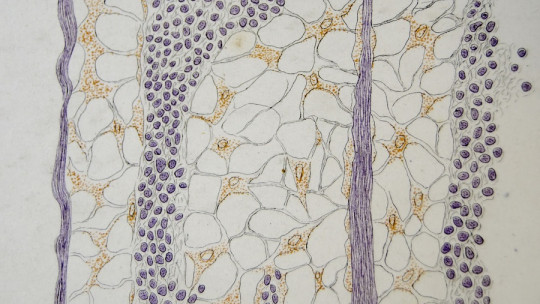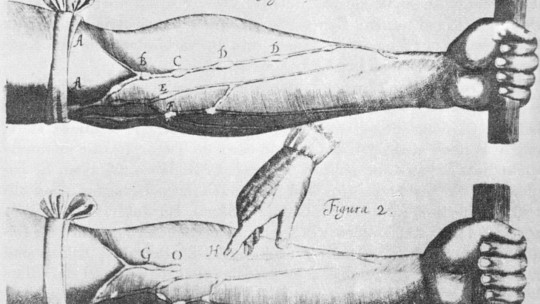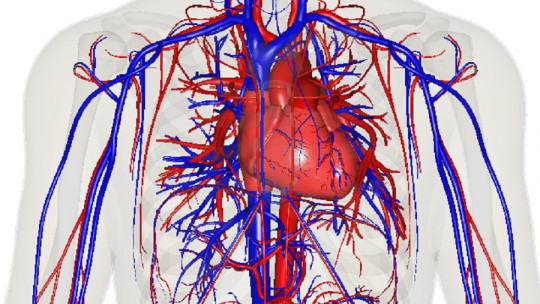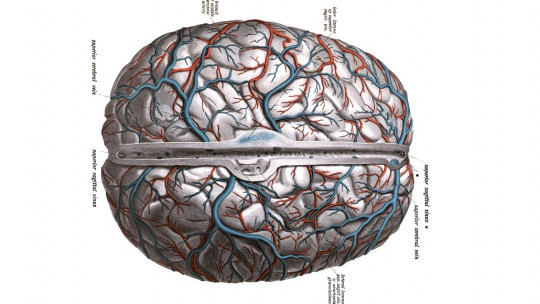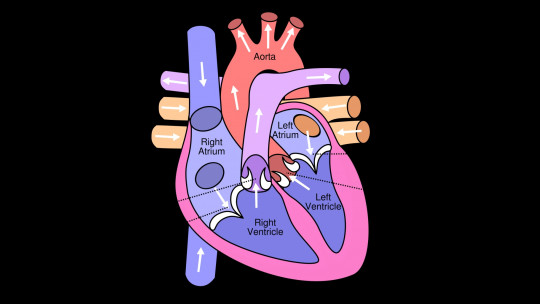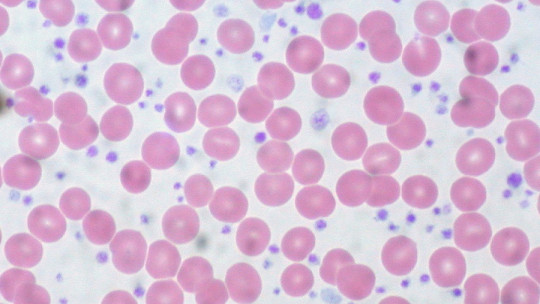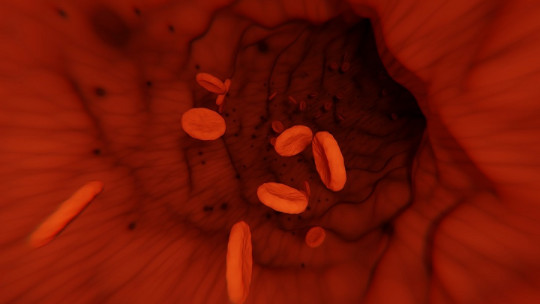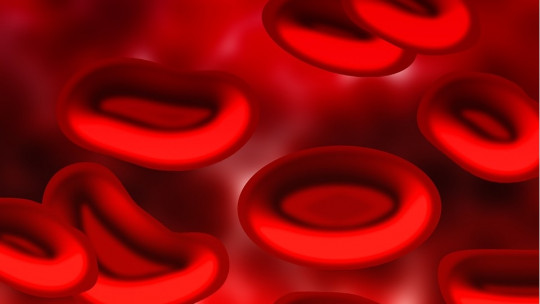
Between 5 to 6 liters of blood circulate through the veins of an adult, but the slightest loss of this fluid can have fatal consequences. The cardiovascular system carries out essential tasks for the rest of the cells, such as the transport of nutrients and oxygen, as well as the removal of their residual components.
Furthermore, blood is the means of transport that the cells of the immune system can use to quickly travel to a damaged area, and therefore its donation is crucial to treat patients, but as occurs in organ transplantation, Certain requirements must be taken into account before receiving blood.
And it is that There are different blood types and not all of them are compatible with each other Poor reception of this substance generates a rejection reaction in the patient that can be fatal.
blood components
The blood is a substance composed of four main elements:
1. Erythrocytes or red blood cells
Also called red blood cells, are cells responsible for transporting oxygen from the lungs to the rest of the body, and in turn transport carbon dioxide from the cells to the lungs, for elimination. They carry hemoglobin, responsible for the characteristic red color of blood.
2. Leukocytes
Commonly known as white blood cells it is a set of cells that are part of the immune system and that share the function of protecting the body against harmful agents.
3. Platelets or thrombocytes
They are cell fragments that circulate through the blood. Their function is to act on coagulation (stop blood circulation) and in the healing of blood vessel ruptures to minimize losses.
4. Plasma
This is the liquid part of blood; It is basically made up of water and proteins. It provides a means of transport, in addition to participating in immune defense (immunoglobulin or antibodies) and coagulation (clotting factors). When clotting factors are removed, plasma is called serum
Blood groups (blood types)
Blood types, or blood groups are defined by a series of characteristics found on the surface of erythrocytes, such as proteins or carbohydrates, which in a foreign body can be recognized as an antigen.
The concept of antigen responds to any substance that the immune system can recognize as unknown, thus initiating a defensive response towards her. The tool used by leukocytes (specifically B lymphocytes) is the manufacture of antibodies that bind to the antigen to mark it and facilitate the attack on it.
With the joint observation of these antigens and antibodies, 32 systems have been identified to date that allow differentiation between different blood types. Nonetheless, There are two of the most well-known and used: the AB0 system and the Rh factor But it must be taken into account that they are not the only ones, there are other systems such as MNS, Duffy or Diego.
AB0 system
It is the first system discovered to differentiate blood groups, and currently it remains one of the main ones. In this case, it is divided into four blood types: A, B, AB, and 0 The AB0 system was described by the biologist Karl Landsteiner in 1901, which helped him win the Nobel Prize in Medicine in 1930.
This is based on the presence or absence of a carbohydrate in the cell membrane of the erythrocytes. Although this is not exclusive to these cells, on the contrary, it is distributed in other types of cells, which is why it is also important in organ transplantation.
The incompatibility is due to the fact that A has antibodies against B, and vice versa while in the case of AB this blood type does not present problems (since it presents both classes), while 0 (which has the absence of the aforementioned carbohydrate) has both antibodies against A and B. The highest mortality in transfusions of blood is due to failures in the identification of this blood group.
Rh factor
It is the second most used system, and in this case the blood types They are divided into Rh positive or negative This categorization is based on the presence (positive) or absence (negative) of a unique protein in the erythrocyte membrane.
This criterion for demarcating blood types was also discovered by Landsteiner together with Alexander S. Wiener in 1940, and described for the first time in Rhesus macaques; hence its name.
The incompatibility is due to the negative type presents antibodies against the positive type but the reverse does not happen, that is, a positive type can receive Rh-negative blood.
Importance of blood donation
The blood types present a demographic distribution, the most common being type 0+, while the least common is type AB-. This is important information in the area of donation.
Generally, 0- is the most demanded blood type, since He is known as the universal donor, as it can be used for any case of transfusion as it does not have any antigen (neither A, nor B, nor Rh+). However, people with 0- cannot receive blood except from the same type, because they have all the antibodies against the rest of the types.
ANDIn contrast, the AB+ has been called “the universal receiver”, since it can receive any type of blood, as it does not present any of the antibodies against the rest. The bad thing is that you can only donate to people of the same type, because you have all types of antigens.


